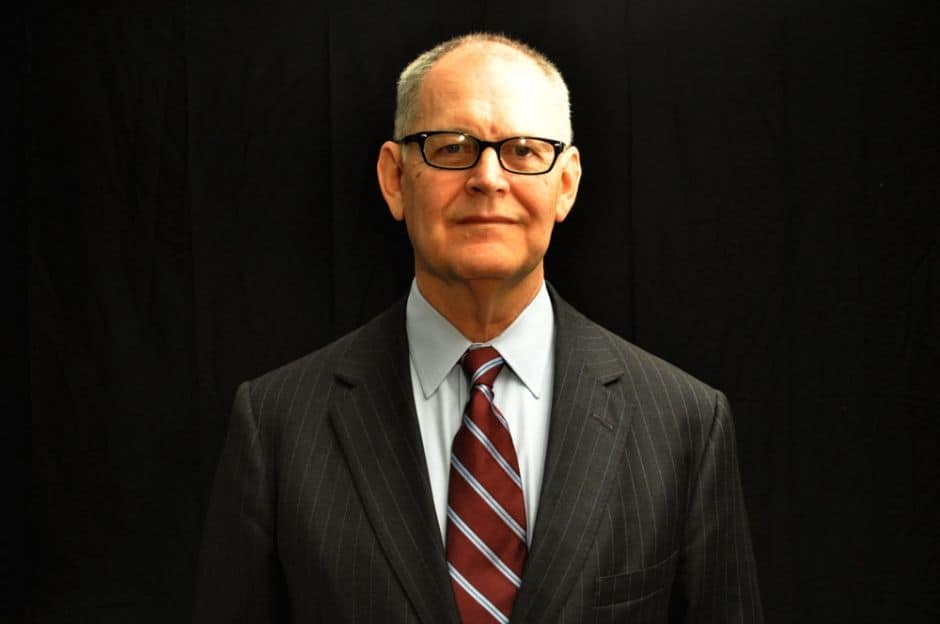Introduction
I don’t expect that Rick Santorum will be our next president, despite his near-win in Iowa and likely a decent showing in tomorrow’s New Hampshire primary. I’m pretty certain that when more voters become aware of his views and voting record, Santorum will join Michele Bachmann and Tim Pawlenty as former contenders for the GOP nomination.
But if by some strange turn of events he is sworn in a little over a year from now as our 45th president, no one will be happier than the executives I used to work with in the health insurance industry. Santorum was without a doubt one of the most reliable go-to guys in the Senate when insurers needed a champion for one of their causes. That was certainly true in regard to the industry’s efforts to shift ever-increasing portions of the cost of medical care from them to us.
During election years, it is common for candidates favored by health insurance firms to find themselves invited to small, private gatherings of industry executives at which gratitude for services rendered (or hoped for) is expressed by the opening of checkbooks.
I attended several such affairs during my nearly 20 years in the industry. If you search public filings, you will find that I contributed to many candidates feted at such fundraisers over the years, including Sen. Tom Carper (D-Del.) in 2004 and former Sen. Arlen Specter, who at the time (2003) was a Republican representing Pennsylvania. I also contributed to the presidential campaign of former Sen. Chris Dodd (D-Conn.) during a 2007 reception at CIGNA’s offices in Philadelphia. CIGNA’s health care operations are based in Connecticut.
I accepted every invitation to these shakedowns except one: the gathering for Rick Santorum when he was running for reelection in 2006. By that time I was becoming increasingly uncomfortable supporting the industry’s claim that health savings accounts (HSAs), coupled with high-deductible plans, were the sure-fire way to get more folks covered and reduce health care costs.
Santorum was among the original supporters of HSAs, which were established as part of the Medicare prescription drug law in 2003. Heralded by Republicans, including then-President George W. Bush, and insurance executives as a private sector solution to the problems of skyrocketing health care costs, HSAs were actually designed originally to attract only the healthiest and wealthiest among us. They represented a brilliant new way for insurers to almost perfect their decades-long practice of cherry picking the people they wanted to enroll in their health plans.
The savings accounts associated with these plans have become appealing tax shelters for Americans who can afford to put money into them each year, and the high-deductible plans connected with them are especially popular with people 40 and younger who are in good health, both physically and fiscally.
Statistics from several studies have shown that people with chronic illnesses and those of low-to-middle incomes try to steer clear of such plans — because the deductibles are so high — but it’s becoming difficult for them to do. That’s because many families can no longer afford anything but a high-deductible plan, and more and more employers are no longer offering alternatives. Even though they theoretically can take advantage of the tax deferment offered by HSAs, many families simply don’t have extra cash after paying their bills to put any money into health savings accounts.
The Employee Benefits Research Institute (EBRI) reported last year that the average balance in an HSA was just $1,355 in 2010 — almost 5 percent less than in 2009 — and that very little of that money was contributed by employees. For anyone who gets seriously ill, $1,355 won’t buy you a lot of health care or go very far even in meeting your annual deductible.
One reason insurers like high-deductible plans is because they greatly reduce the chances of having to pay their policyholders’ medical bills. Some of these plans now have annual family deductibles of $50,000 — meaning that the insurance company will not pay a dime’s worth of medical care until the family has spent $50,000 of its own money first. Many people in these plans wind up filing for bankruptcy and losing their homes because they can’t meet their deductibles.
Shortly before that fundraiser I refused to attend, Santorum was a co-sponsor in the Senate, along with Jim DeMint (R-S.C.), of the absurdly titled “Health Coverage for the Uninsured Act of 2005.” In reality it was a bill written largely by health insurance lobbyists to further enhance the appeal of HSAs. It would have created “refundable” tax credits providing incentives for people with low incomes to purchase private insurance. Instead of waiting to get a refund for insurance at the end of the year, low-income earners would get credits each month that they would use to pay premiums to a private insurance company. They would have to buy coverage with high-deductibles, of course.
As you might expect, health insurers have been among the biggest contributors to Santorum’s Senate campaigns over the years. According to the Center for Responsive Politics, Blue Cross Blue Shield was his fourth largest lifetime donor, contributing $114,790, while CIGNA came it at number 10, with contributions totaling $68,610.
If Santorum makes it to 1600 Pennsylvania Avenue next year, his inauguration would usher in an era of unprecedented prosperity for big insurance corporations like the ones I used to work for — and an era in which being underinsured would become the new norm for the rest of us.
Read more in Health
Wendell Potter commentary
ANALYSIS: Park City vantage point puts tragedy of American health care in vivid relief
Grieving family of fallen Canadian skier Sarah Burke faces massive hospital bill it wouldn’t face at home
Wendell Potter commentary
ANALYSIS: Mitt’s Romney’s dream world
Candidate’s contention that consumers can fire their health insurer doesn’t square with the grim reality

Join the conversation
Show Comments